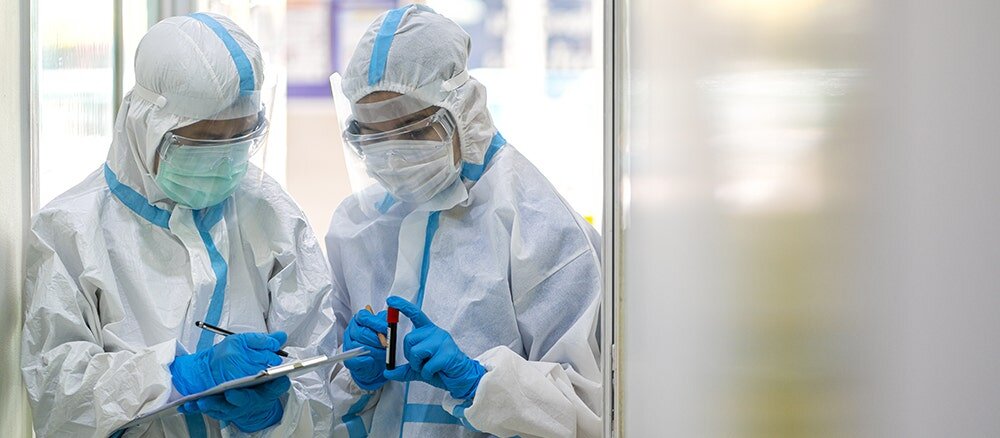PPE at lightning speed: How DuPont shifted its strategy to meet demand
Article by Ernan Roman
Featured on Adobe.com
Speed to market has always been a competitive advantage, but the pandemic has given it a different sense of urgency in the worldwide scramble to get enough personal protection equipment (PPE) to those on the frontlines. For DuPont, which has PPE as one of its main product categories, that has meant rethinking every aspect of its business, including product development, supply chains, partner relationships, and turning to technology, all with a laser focus on satisfying the urgent needs of its B2B and B2C customers.
For details on how the company is solving the PPE challenge, and broader insights gained along the way, we spoke to DuPont Personal Protection’s Lori Gettelfinger, global marketing communications leader, and Jeanine Hurry, global digital programs leader. Gettelfinger has been with the company for 32 years in a variety of sales and marketing roles. Hurry, who has worked in the chemical industry for the past 28 years, joined DuPont three years ago when the company acquired Dow Chemical.
Given you specialize in PPE products, what was the specific customer need you were looking to address in this time of coronavirus?
Gettelfinger: As coronavirus became a global pandemic, the shortage of personal protective equipment (PPE) became a significant issue. Even though DuPont, as a primary supplier of PPE, was producing as much as we could within our value chain, we decided that we needed to do everything possible to make more product available.
To do that we needed a new business model. In addition to just selling finished garments, we decided to make available Tyvek [protective material] to the industry and also to collaborate with other garment manufacturers that might have excess capacity to bring more product to the market as fast as possible. That helped us meet the critical need of protecting frontline workers who were battling the COVID-19 pandemic.
How did you go about understanding the needs of your different customer segments?
Gettelfinger: We’ve been providing personal protection for over 40 years to the industry, working with the World Health Organization and other major industries as they battled Ebola, or the avian flu, or SARS in the past. So we had experience and also contacts with those government agencies. We knew what was needed from a protective apparel perspective in terms of barrier performance, but we just couldn’t make enough of it quickly enough. To accelerate the process of bringing more PPE to the market, we reached out to partners and made available our product and open source [designs], shared patterns, and technical knowledge to those partners.
How did you accelerate your response time as the situation worsened and the need for PPE increased significantly?
Gettelfinger: Our technical engineers figured out how to modify some equipment within our manufacturing operation to make more product available. So that was the initial “aha.” Then the challenge became, how quickly can we get this into the market? And the challenge for us as a marketing group was that we only had 10 days to do this.
How did you turn around the marketing communication plan, strategy, and execution in days versus what I would assume would be months?
Gettelfinger: Yes, we did something in two weeks that would typically take three to six months in our normal way of doing business. We formed a project team with our agency partners and focused 100% on developing the content for the campaign in rapid fashion.
Hurry: As a producer of PPE and other essential products, we had to keep things running through the COVID lockdowns. We implemented all the required protocols for social distancing and mask wearing for those essential manufacturing operators that had to continue to work around the clock to maximize production.
Fortunately, our IT infrastructure and collaboration tools were ready, and since our business teams were considered nonessential, we could respond to the crisis from our home offices.
What can readers learn from the way everyone worked in collaboration in terms of being more effective, more efficient, and more inclusive?
Gettelfinger: A good example is our Tyvek Together collaboration with manufacturing partners like Under Armour, who decided to get into making isolation gowns. Normally, to tell the story we would go in person to Under Armour to interview them and take our own photos. Instead, we set up a series of videoconferences, interviewed them, told the story, exchanged emails, and then they shared photos with us to illustrate the story.
The takeaway is to challenge the status quo and say, “Can I do this virtually, and can I do this in collaboration with my partner rather than needing to control all aspects of the media myself?”
How are you measuring success? What are the different facets of “success”?
Gettelfinger: The first measure of success is the amount of protective apparel that we were able to make available to the frontline responders. We went from being able to supply 9 million garments a month for the COVID response and increased that by 6 million garments
We were also measuring the amount of conversation in the market about the program, or the number of brand impressions that we were able to achieve through social media. We measured the amount of visits and engagement with our content on the website, and ultimately even the leads that we were generating to get those partners to raise their hand and say, “I’m interested in working with you to make more product.”
Hurry: And there’s a hand-off there, with what’s next, post-COVID, with other applications such as “clean and disinfect,” and using tools like social listening to understand what we should target and how we should help those customers moving forward.
Tell me more about the evolving importance of social listening in this type of B2B marketing.
Gettelfinger: Another important learning was the importance of social media as a channel in terms of getting the message out. Because of the emotional dynamic of this issue, we were able to generate a lot of positive goodwill, a lot of sharing of our content through the social ecosphere. We used social listening to monitor the conversation and influence our content development.
What have you learned from this experience that would be meaningful and relevant to our broader audience?
Gettelfinger: First is the importance of prioritization and pulling together the core team members that are needed to actually deliver on a project with speed – so the agile approach to say, “I’m going to focus on this, and I’m going to get this done, and these are the five people that are critical to make that happen quickly.”
Hurry: The second takeaway is that you can’t have 20 projects going on. COVID has helped us truly focus and helped us better prioritize and make this discipline part of our culture.
We all know how difficult it can be to change culture. Any insight there?
Hurry: It takes 30 days to build a habit, right? We’ve been able to hyper focus our teams to look past the noise, even when the noise is smaller blips, and to keep their focus. This experience, going all virtual, has taught us how to recognize lack of focus and the overstretch on our resources. Once we recognize the problem, we can stop the distractions that keep us from being successful.
Gettelfinger: And the other thing I’ll add to that is hyper focus on the customer and recognizing that the key question is: “Is the activity I’m doing helping me serve my customer better and improve the customer experience? If not, then I shouldn’t be doing it.”
Any last takeaways you’d like to share?
Gettelfinger: Part of the acceleration process has been to leverage existing technology in a more creative way. There were some situations where I said, “Take a photo with your iPhone and send it to me. It’s good enough for the Web,” versus in the past, feeling like you had to have a professional photographer generating photos. It’s amazing what you can do with the technology that exists on a cell phone these days.
So it’s about thinking that 80 percent can be good enough – that speed at 80 percent is better than perfection three weeks from now.

